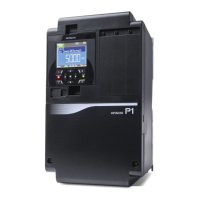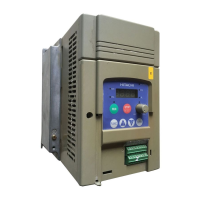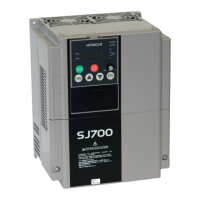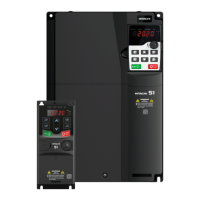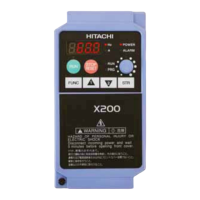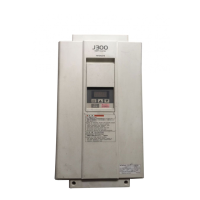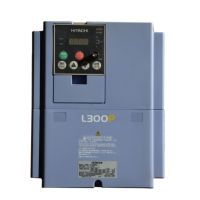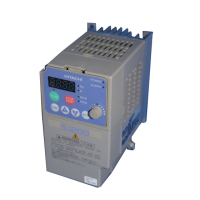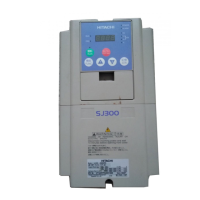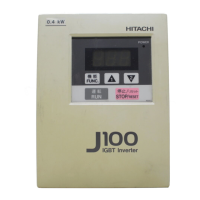Page 30
HOOK BLOCK SYNCING / PULSE TRAIN POSITION COMMAND (CLV)
etroit Hoist for assistance to
ensure proper setup. This function is only available when operating in closed loop control mode AA121 = 10.
Hoist block syncing also known as position syncing can be used to maintain hook position between the main and follower hoist VFD.
This function also allows for the hook blocks to be off set. This hook block syncing is typically used when a load beam / spreader beam
HOW IT WORKS –
registers values between each other. -FB) connected. The main hoist
will send a 1:1 pulse train from the encoder card to the pulse train input on the follower encoder card. When in sync mode the
between the main and follower. When in pulse train position command mode, the standard acceleration and deceleration times are
ignored and are based on the position loop gain, forward feed gain and the position deviation from the main VFD.
SETUP – This function works in combination with the EZCOM function, please use the EZCOM SETUP GUIDE before configuring the
VFD’s for hook block syncing. Once the EZCOM function is configured and communication is verified proceed to the PULSE TRAIN
POSITION COMMAND PARAMETERS.
PULSE TRAIN POSITION COMMAND PARAMETERS (CLV)
Configure the parameters below after the EZCOM parameters have been configured and verified. After settings the parameters below
power down the VFD’s and proceed to the PULSE TRAIN POSITION COMMAND WIRING EXAMPLE.
P1-FB Encoder Card Encoder PPR
P1-FB Encoder Card Encoder Phase
ob-02
0 = phase-B lead
(typical)
0 = phase-B lead
(typical)
Pulse train detection selection
01 = pulse train position reference
Pulse train signal input configuration
00 = 90° shift pulse train
Pulse train position deviation monitor
Position deviation max deviation range
Position deviation max time before error
TROUBLESHOOTING PULSE TRAIN POSITION COMMAND (CLV)
After the wiring and parameters have been set if the follower hoist does not rotate in the correct direction, then you will need to
reverse the pulse train phase by switching the position of the SAP & SAN wires to the position of SBP & SBN. If you receive a E52 speed
deviation error then the phasing of the encoder wires might be backwards, trying to switch the position of the EAP & EAN wires to the
position of EBP & EBN.
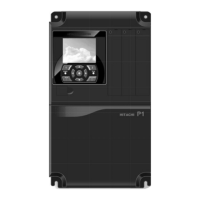
